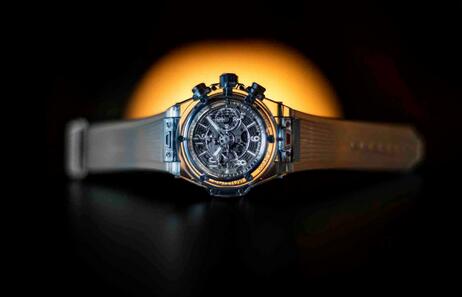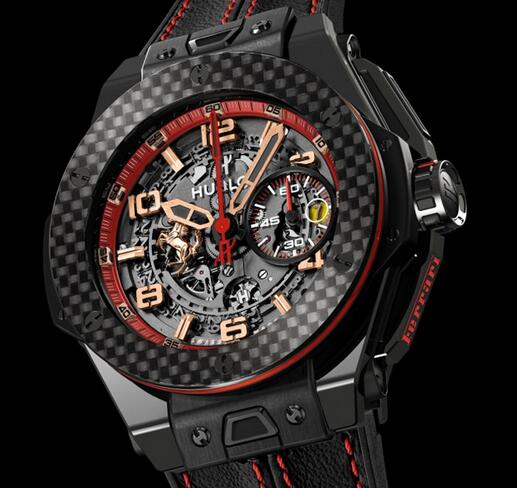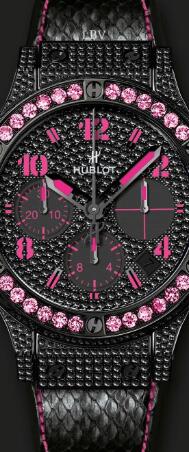At the moment the replica watch industry is in turmoil. A lot of big brands are expanding their product lines – moving into entry level classic fusion tour auto chronograph fake watch, having a sporty line, a classic line, a complicated line, for example. Hublot seems to stay quite central in its design ethos. Do you ever worry that you’re typecasting the brand?
I would say we have two main lines, the hublot big bang ferrari king gold carbon collection which is our most iconic line. But we also have the Classic Fusion line, which is our interpretation of a classic watch. I say interpretation, because while it does have three hands and a round face, the materials we use make it thoroughly modern. The fact that we are successful with only two lines is a fundamental element for the brand.

For example, take Rolex, it’s had the same great timepiece for tens of years, and they are still very successful. Patek Philippe has the Nautilus; Audemars Piguet has the Royal Oak, and at Hublot, we have the Big Bang. With regards to the turmoil, it seems that the companies that are in trouble are those that invested heavily in China. For us, it’s not our biggest market as so we put our focus elsewhere.
Hublot is putting a lot of emphasis on its partnerships with other brands, such as Berluti, Ferrari, Italia Independent – as well as brand ambassadors, like Usain Bolt and Kobe Bryant. How central is that strategy?
I think the partnership platforms make the brand better known, and we’re always keen to talk to new consumers – it helps us sell more watches. In the car industry, there is only one iconic brand like Ferrari, and to be associated with them has been fantastic. It’s a transfer of prestige, any brand associated with them must be fantastic. Same goes for Berluti, although that opens up a different sort of partnership. It lets us produce watches that are less about technology and precision, but that fit better with the lifestyle and fashion world. Every partnership is win-win for both them and us at the end of the day.

The design process seems to be very much about the engineering of these hublot copy watches. You develop some crazy new metal or alloy and then decide to make a watch. Isn’t Hublot trying to develop see-through metal?
For us, innovation is at the heart of everything we do. Hublot is a young brand, so we need to have an awful lot of added value, more so than traditional brands. Materials are one way we do that. We have always had lofty goals in this regard, and different levels of research and development.
We’ve created – for example – an 18 carat gold red skeleton dial watch that is un-scratchable. It took ten years of development with a University in Switzerland. On the other side, we have a denim watch. Making that was much more straightforward, but it’s a material that’s everywhere. What we did with it that made it unique.
Tradition and legacy pay a big role in the watch market. Do you think it’s overrated?

Yes, I think you should live in the present. Some brands only make the same Hublot King Power Red Devil Manchester watches that existed 200 years ago, and I’m not a big fan of those watches. The legendary watchmaker Abraham-Louis Breguet lived in the 1800s, and he made just about every technology inside of watches – escapements, complications, functions, automatic winding and even the tourbillon. If he were alive today, do you think he would have just given up on making something new? No, he would try and invent something.
Look at all the smartwatches that have hit the market, they all want a place on our wrist. As an industry, we need to wake ourselves up and offer a lot more value in what we produce. Instead of just producing the same men’s automatic imitation watches, we need to re-interpret them. For example, we’ve built a chronograph where all the mechanics are on the dial, not hidden underneath. It’s not completely crazy in watch terms, but it’s still new and innovative.